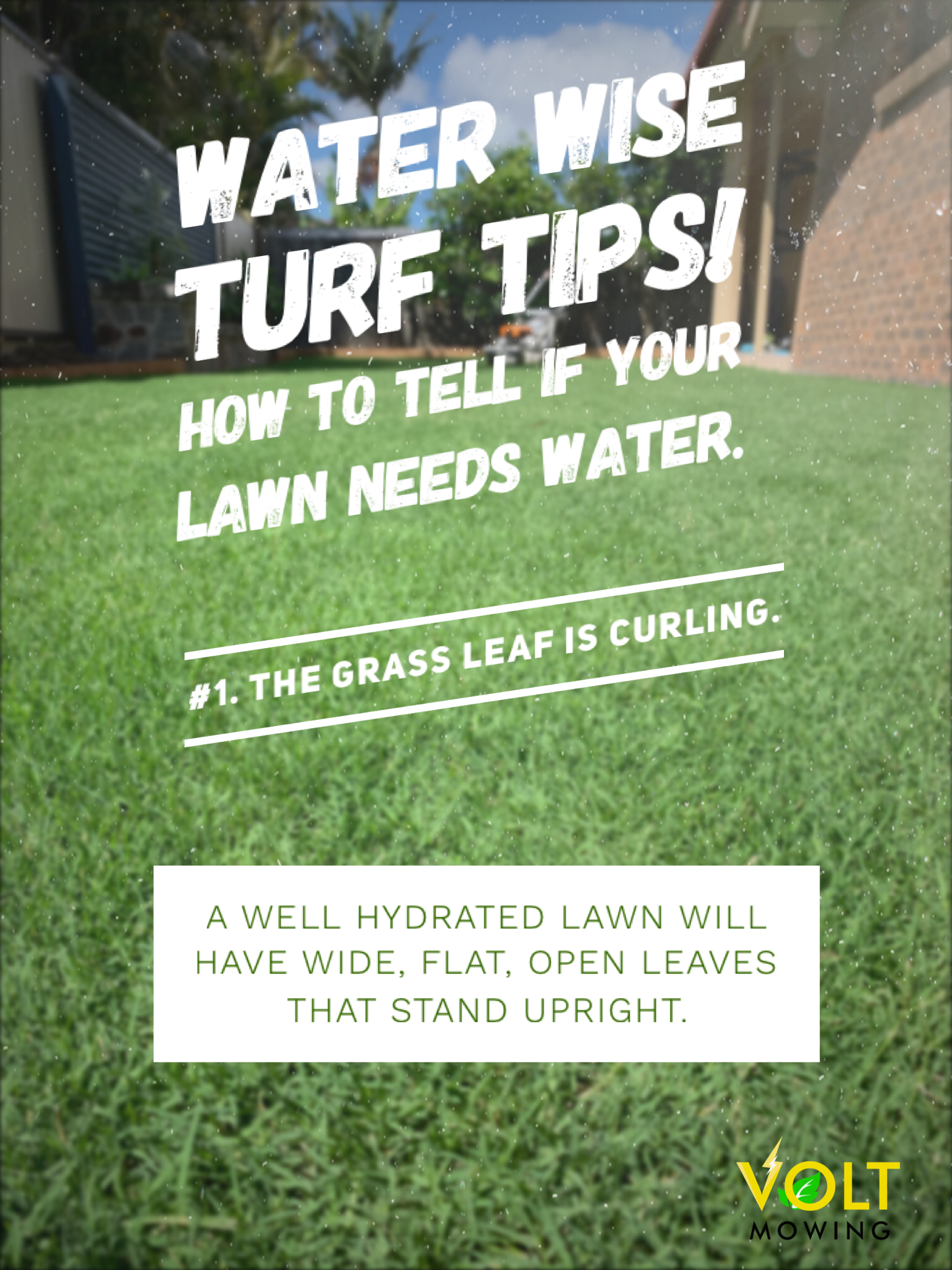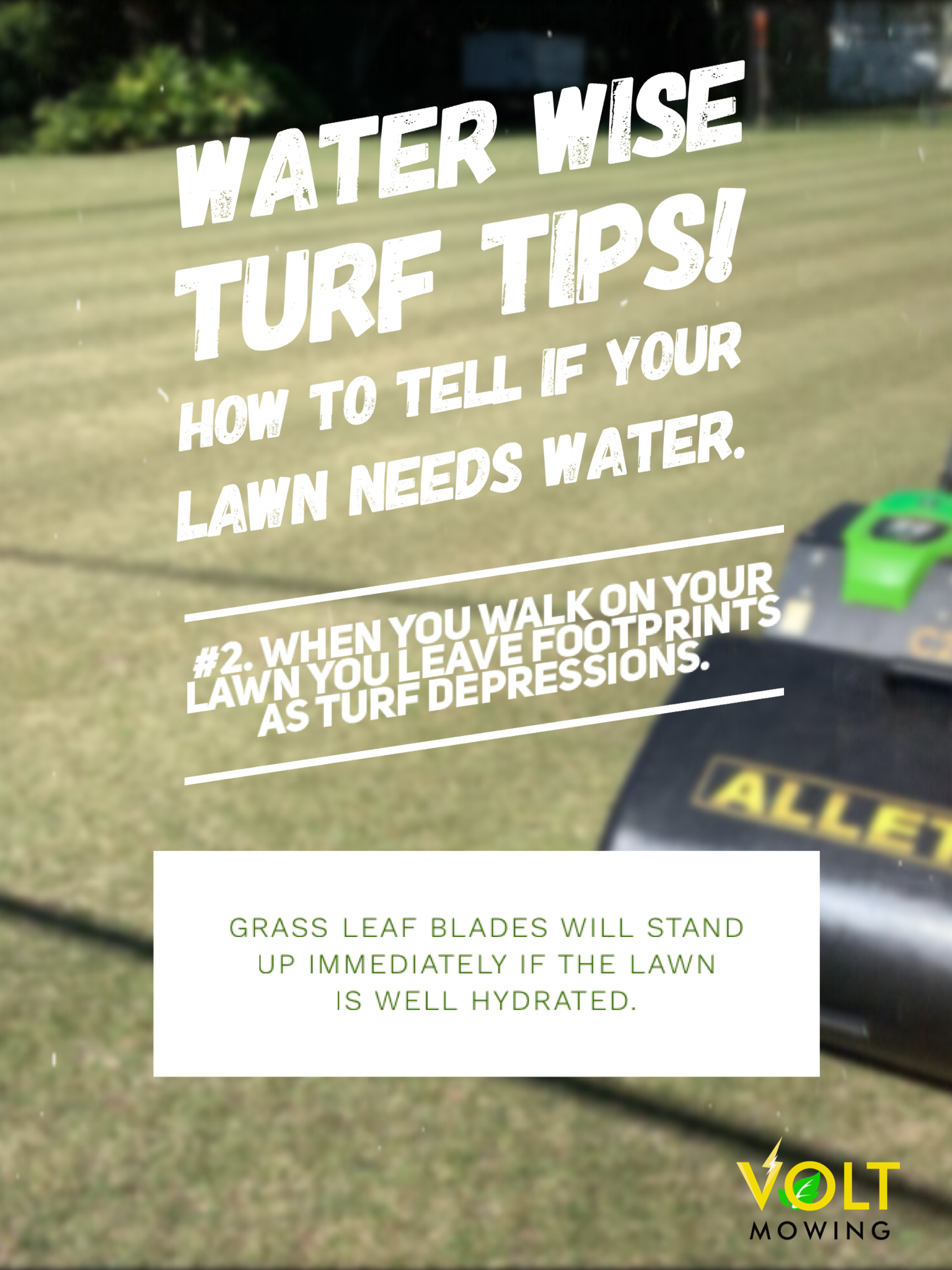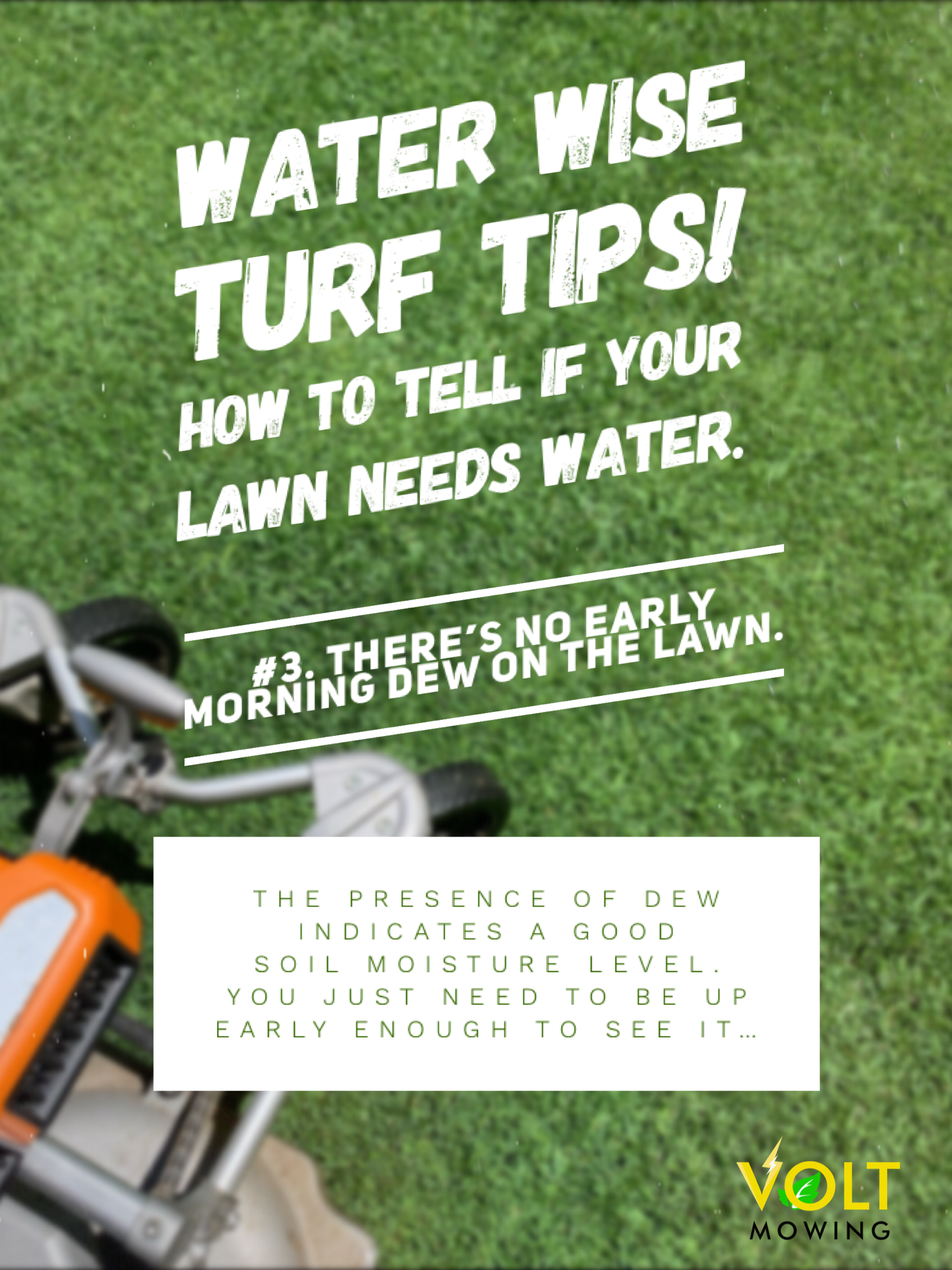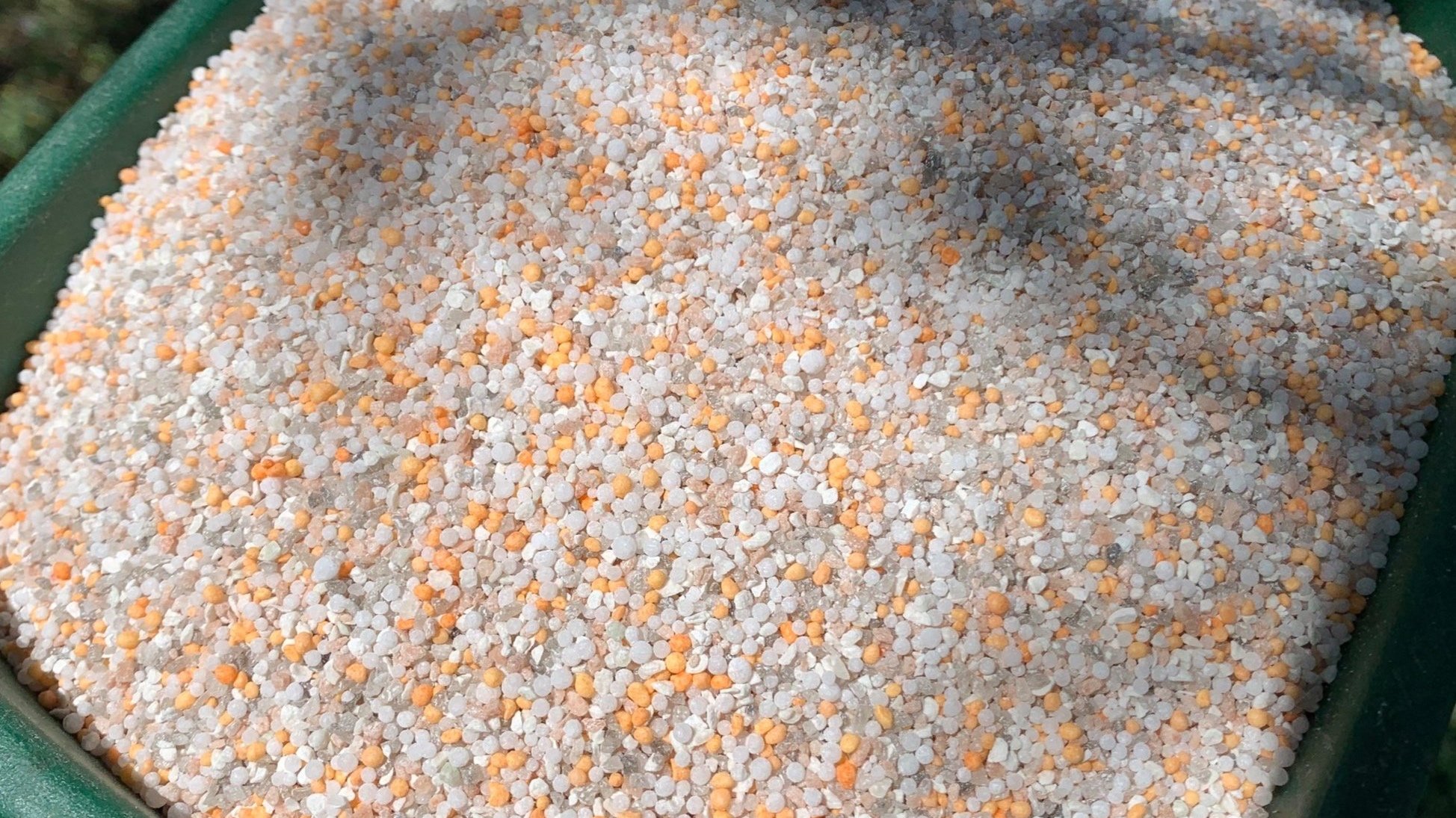How to Grow a Stunning TifTuf Lawn in Brisbane
There have been a lot of new turf varieties released into the Australian market in recent years, TifTuf is one of these and has proved itself to be well suited to Australian sports fields and back yards alike. Its amazing drought tolerance makes it a water wise choice in any situation - an increasingly vital factor as water supplies are pushed to their limits during droughts and El Niño events, as well as there being a drive across the turf industry as a whole towards simply doing things better. The incredible recovery rate of TifTuf and the resulting wear tolerance means it’s perfect for families that need a usable outdoor area they can count on throughout the year.
But TifTuf also gets a bad rap - you may have seen people call it “thatchy”, “high maintenance” and “difficult”. Are these claims really justified? We’ll consider some key factors and let you decide.
What is “thatch”?
“Thatch” is quite a broad term and the definition includes both dead and living organic matter, including turf roots, stems and shoots. Thatch exists between the green leaf we see on top of the lawn, and the soil surface. However it isn’t all bad, in fact thatch is a completely normal part of turf grass growth. It helps to insulate the soil from temperature extremes and can protect the soil from high wear - therefore turf varieties that have a high wear tolerance will typically contain a naturally higher level of thatch. The problems start when thatch accumulates faster than microorganisms can break it down, and if this continues over time it will result it a tight, compact layer between the turf canopy and soil surface that stops water, air and nutrients from reaching the soil - an undesirable result and bad news for the lawn as it effectively begins to starve.
So thatch in itself is not bad, it’s actually a normal part of the turf growth process and it would be impossible to remove thatch completely (and equally as bad for the lawn if you tried). We know that TifTuf has a high wear tolerance, so we should expect it to have a higher level of thatch compared to turf varieties that don’t handle wear & tear quite so well.
High maintenance… or high performance?
This is a tricky one and depends on how you view lawns - the results you want from it, and the work you’re prepared to put in to achieve it. Not exactly a “yes or no” answer. Some people would find it ideal to mow once and month and don’t really care how their lawn looks… yes it’s a grim thought, but we bet you actually care about your lawn or you wouldn’t be here! So we want a really nice lawn with good coverage and nice colour, how can we achieve that? It requires water, nutrients, sunlight and regular mowing so it doesn’t get overgrown. They’re the bare basics of turf care, you can’t skip any of them or you won’t get the results you want. So is TifTuf really a high maintenance turf variety..? Well it doesn’t require any special care compared to other turf varieties, all turf needs the same things.
It’s difficult if you make it so.
So we know that TifTuf has a high wear tolerance and we know what comes along with that. We know that it needs the same care and maintenance as all other turf varieties in order to perform at its best. So why would anyone call TifTuf “difficult”?? The answer is very simple - because they make it so. There are a few main reasons that the maintenance requirement of TifTuf will increase, and we see this so much:
Too much water is used.
Too much fertiliser is used.
It’s not mowed often enough.
If any lawn isn’t mowed regularly, it will become overgrown and when you mow at the normal cut height it will cut the leaves off (scalp) leaving exposed stems and an unsightly brown patch in an otherwise lush green lawn. Only a small percentage of couch turf is green leaf, the majority of turf grass growing above the ground is brown stems and stolons. When the lawn is allowed to become overgrown it’s not just the leaf that grows… but the stems as well. This is why mowing an overgrown lawn at the normal cut height will scalp it.
TifTuf sward.
With the bulk of the lawn cut away from one side we can see that the majority of the above ground growth consists of brown stems and stolons. A relatively small percentage is green leaf.
If the lawn is over watered or over fertilised it increases the growth rate beyond an easily manageable level. If the mowing frequency isn’t increased to suit the growth rate the lawn will become overgrown - as it’s not just the leaf that grows, but the stems as well. This creates a vicious growth/maintenance cycle that’s out of sync and if the mowing height isn’t adjusted will effectively cause the turf stems to grow up into the cut height. This means there will be less leaf on the lawn, it won’t be able to get the food it needs from sun energy and the lawn health will decline, leaving it vulnerable to pests and disease. An overall bad situation that would understandably cause frustration and lead people to say “this is difficult!”
How to maintain a stunning TifTuf lawn that’s easy to look after.
So we know exactly what makes it difficult to maintain TifTuf, the natural question then is how can you make it easy to create a stunning TifTuf lawn? By doing the opposite of what makes it difficult:
Water only when needed.
Apply the correct nitrogen rate when fertilising.
Mow frequently.
The extensive, deep root system of TifTuf is one of the things that makes it an incredibly drought tolerant turf and has earned it the Smart Approved WaterMark - the first and only turf grass to be awarded the Mark for it’s exceptional water saving benefits. In practice this means that when a TifTuf lawn is established it will be perfectly happy with a good bit of rain once a month. If there’s an extended dry period there’s a few simple methods to tell when the lawn needs water:
-
How to tell if your lawn needs water..?
#1. The grass leaf is curling.
A well hydrated lawn will have wide, flat, open leaves that stand upright.
-
How to tell if your lawn needs water..?
#2. When you walk on your lawn you leave footprints as turf depressions.
Grass leaf blades will stand up immediately if the lawn is well hydrated.
-
How to tell if your lawn needs water..?
#3. There’s no early morning dew on the lawn.
The presence of dew indicates a good soil moisture level. You just need to be up early enough to see it…
If you do need to water your lawn, how much should you use? Deep, infrequent watering is best as this trains the roots to grow deeper, which in turn creates better drought tolerance and a more resilient lawn. 12-13mm would be considered a deep watering, and 3-4 day intervals or longer would be considered infrequent. With the use of a good quality soil wetter you will be able to provide water more effectively to the root zone, so a lower water volume will be needed and it will also allow a longer time between watering.
Measuring your water output is vital to achieving correct water usage. This can easily be done by placing a container with a flat base and straight sides on the lawn, then running your sprinkler or irrigation system for a given time. Then measuring the water collected. From there you can calculate the required watering time to deliver a precise water volume to the millimeter! Saving water in the long term and making your lawn easier to look after - it’s a win win!
The next step is applying the correct nitrogen rate when fertilising. Again, measuring your fertiliser output is vital to achieving a healthy, low maintenance lawn. TifTuf is a low input turf variety meaning that it doesn’t need as much nutrients to stay healthy. As a guide your TifTuf lawn only needs fertilising in Spring, Autumn and Winter. The heat of summer will naturally kick the growth rate into top gear, so it doesn’t need any help! The recommended nitrogen (N) rate for a low maintenance TifTuf lawn in Brisbane is 5.3g per 100m2 per month. To put this in practical terms - many fertilisers are 16N with a 3 month longevity, that means this type of fertiliser should be applied at 100g/100m2 per application. An incredibly low rate that will save you dollars in the long term as well as keeping your lawn healthy and making it easy to maintain.
Correctly measuring nitrogen input is vital to maintaining a healthy, low maintenance lawn.
The final piece of the puzzle is frequent mowing. But what is “frequent”…? Is weekly mowing ok, or does the lawn need to be mowed every day?? The main principle to remember here is the 1/3 rule. This means that you should be mowing often enough that no more than 1/3 of the leaf is removed in a regular mow. So if your height of cut (HOC) is 20mm, you should be mowing often enough that your lawn doesn’t grow beyond 30mm tall. If your HOC is 8mm, you should be mowing often enough that your lawn doesn’t grow beyond 12mm tall. To help illustrate let’s say the growth rate is 1mm per day - this means a 20mm HOC would need to be mowed at maximum every 10 days, and an 8mm HOC would need to be mowed at least every 4 days. This is why a more moderate HOC of 20-25mm would be better suited to a low maintenance TifTuf lawn. It should be noted that 30mm is the ideal maximum HOC that will maintain TifTuf at its best. If you find your mowing height increasing towards the end of the growing season or through winter that’s ok, but you should perform a HOC reset by scalping the lawn in the following growing season to get the very best from it.
A cylinder mowed TifTuf lawn mowed frequently following the 1/3 rule produces stunning results.
Following those 3 simple guidelines regarding watering, fertilising and mowing will keep you on the right track to maintaining a stunning, low maintenance TifTuf lawn at your Brisbane property all year round.






